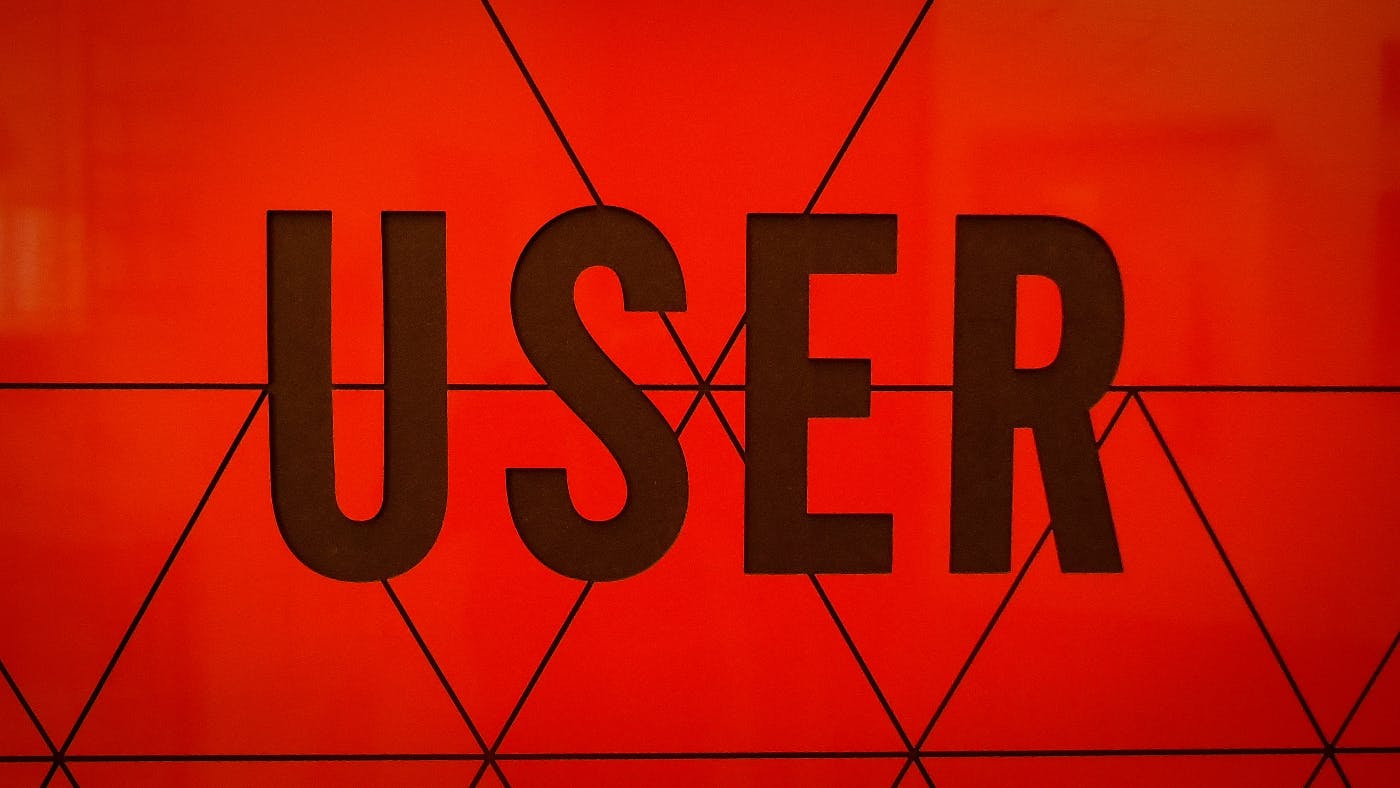
In the digital era, where websites are the primary means of communication and information dissemination, typography has a significant impact on user experience and overall design aesthetics.
Typography plays a vital role in web design, as it encompasses the art and technique of arranging type to make written language legible, readable, and visually appealing. In the digital era, where websites are the primary means of communication and information dissemination, typography has a significant impact on user experience and overall design aesthetics. This article explores the importance of typography in web design and provides best practices and tips for effective implementation.
Legibility and Readability
The foremost consideration in typography for web design is legibility and readability. The text should be clear and easy to read across various devices and screen sizes. Selecting the right font family, font size, line spacing, and letter spacing is crucial. Sans-serif fonts like Arial and Helvetica are commonly used for body text, as they offer better readability on screens, while serif fonts like Times New Roman and Georgia are preferred for headings and titles.
Contrast and Hierarchy
Typography helps create visual contrast and hierarchy on a web page. Establishing a clear hierarchy through font size, weight, and color guides users through the content and highlights important information. Headings should have a larger font size and weight compared to the body text, and the use of color can further enhance the visual hierarchy. However, it's essential to maintain consistency and avoid excessive variation, which can lead to confusion and a disjointed design.
Responsive Typography
With the increasing prevalence of mobile devices, responsive web design has become a necessity. Typography should adapt seamlessly to different screen sizes and orientations. Fluid typography, which uses relative units like percentages and ems instead of fixed pixels, allows text to scale smoothly across devices. Media queries can also be employed to adjust font sizes based on screen width, ensuring optimal legibility and readability.
Font Selection
Choosing appropriate fonts is a crucial aspect of typography in web design. Web-safe fonts like Arial, Verdana, and Times New Roman are widely supported across platforms, ensuring consistent rendering. However, web fonts offer greater flexibility and variety. Services like Google Fonts and Adobe Fonts provide a vast library of free and paid fonts that can be easily integrated into web pages. When selecting fonts, consider the brand's personality, readability, and the overall design aesthetic.

Limited Font Usage
While it's tempting to experiment with multiple fonts, it's generally recommended to limit the number of typefaces used on a website. Too many different fonts can create visual clutter and confusion. A general guideline is to use a maximum of three typefaces—one for headings, one for body text, and one for accents or special elements. Maintaining consistency and coherence throughout the design helps establish a unified visual identity.
White Space and Line Length
White space, also known as negative space, refers to the empty space around text and other elements. It enhances readability by providing breathing room for the content. Ample white space between lines, paragraphs, and sections allows the text to breathe and prevents it from appearing crowded. Similarly, considering line length is crucial, as excessively long lines can strain the reader's eyes, while too short lines can disrupt the reading flow.
Accessibility Considerations
Typography in web design should prioritize accessibility to ensure inclusivity and usability for all users, including those with visual impairments. This involves selecting fonts with good legibility, providing sufficient color contrast between text and background, and allowing users to resize the text without breaking the design. Using web accessibility guidelines, such as the Web Content Accessibility Guidelines (WCAG), ensures that typography is accessible to everyone.
Typography and Branding
Typography plays a significant role in brand identity and recognition. Consistent use of fonts and typography styles across various brand touchpoints, including the website, helps establish a strong and recognizable brand presence. Consistent use of fonts and typography styles across various brand touchpoints, including the website, helps establish a strong and recognizable brand presence. Customizing typography to align with a brand's personality, values, and target audience can create a cohesive visual language that enhances brand perception.

A quick recap
When it comes to typography and branding, there are several key considerations. First, selecting the right font or typeface is crucial. It should reflect the brand's personality and convey the intended message effectively. For example, a modern and sleek font might be suitable for a technology company, while a playful and whimsical font could work well for a children's brand.
Typography consistency is equally important. By using the same fonts and typography styles consistently across different brand assets, such as the website, social media posts, marketing materials, and packaging, a brand can reinforce its visual identity and make it more memorable to its audience. This consistency helps build trust and familiarity with customers, making it easier for them to identify and recall the brand.
Another aspect to consider is legibility and readability. Regardless of the font chosen, it is essential to ensure that the typography used on a website is easy to read. Factors such as font size, spacing, and line height should be optimized to provide a comfortable reading experience for users across different devices. Typography that is too small or cramped can deter users and lead to a negative perception of the brand.
Furthermore, typographic hierarchy helps guide users' attention and organizes information effectively. By utilizing various font weights, sizes, and styles, designers can establish a visual hierarchy that directs users to important elements and helps them navigate the website with ease. This hierarchy can be used to emphasize headings, subheadings, key points, and calls to action, enhancing the overall user experience and aiding in brand communication.
Typography can also be used to create a sense of visual unity and coherence. By carefully pairing fonts that complement each other, designers can create a harmonious and balanced composition that reflects the brand's aesthetics. Consistency in font pairing across different sections of a website or in different marketing materials can contribute to a cohesive and professional brand image.
Summing Up
Typography plays a crucial role in web design and branding. By carefully selecting fonts, maintaining consistency, prioritizing legibility, establishing typographic hierarchy, and creating visual unity, designers can leverage typography to strengthen a brand's identity, enhance recognition, and create a memorable user experience. Considering these best practices and tips will help ensure that typography becomes a powerful tool in communicating a brand's message and values to its audience.
Now that you understand the importance of well-designed typography, would you trust it to the guy in the mailroom? No, of course not. You know your brand and business depend on every design choice you make, that includes typography. Make a statement with your website and have it designed by detail-oriented, experienced designers and get your brand elevated. Talk to ThoughtLab, and get your sites set on a better future.

